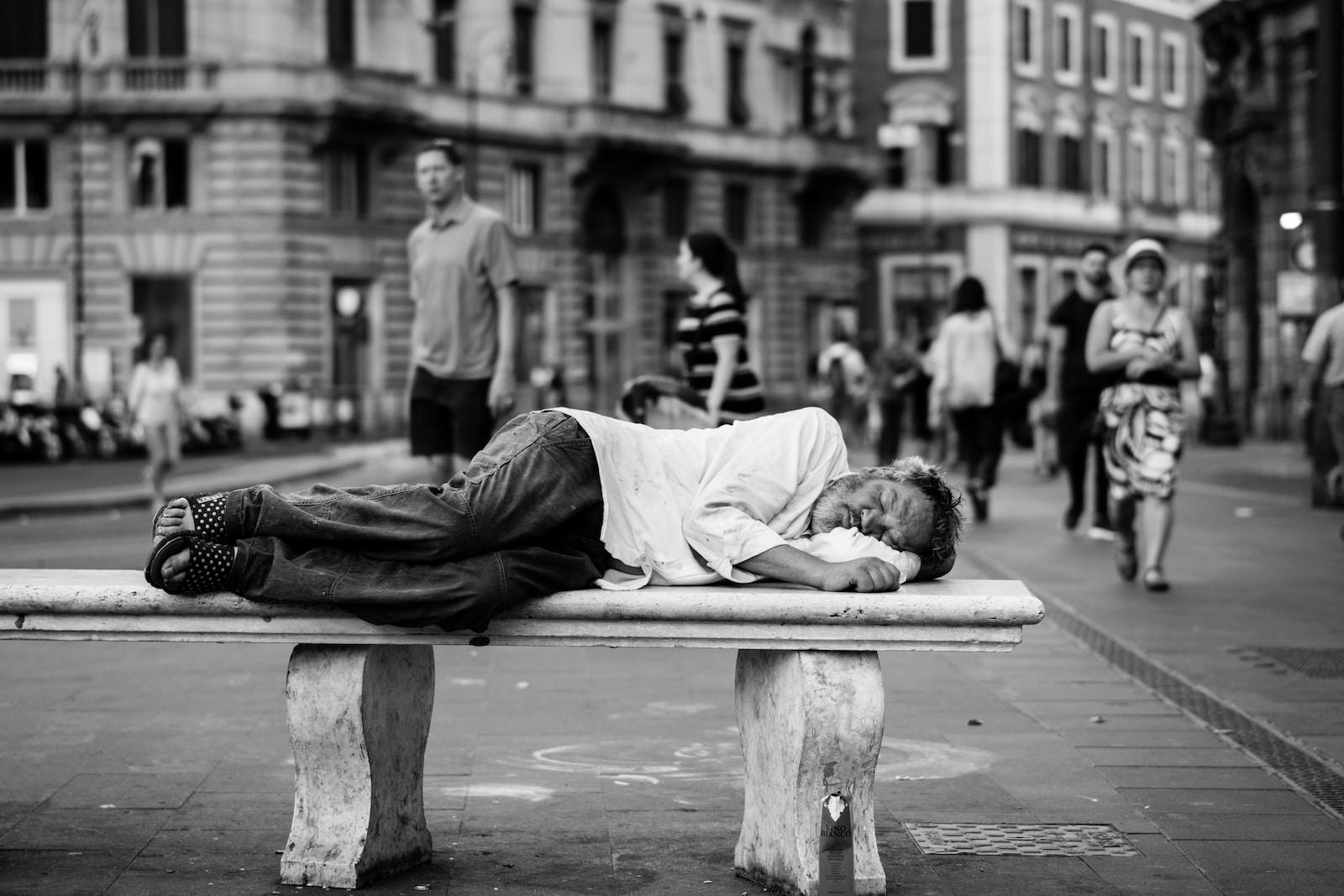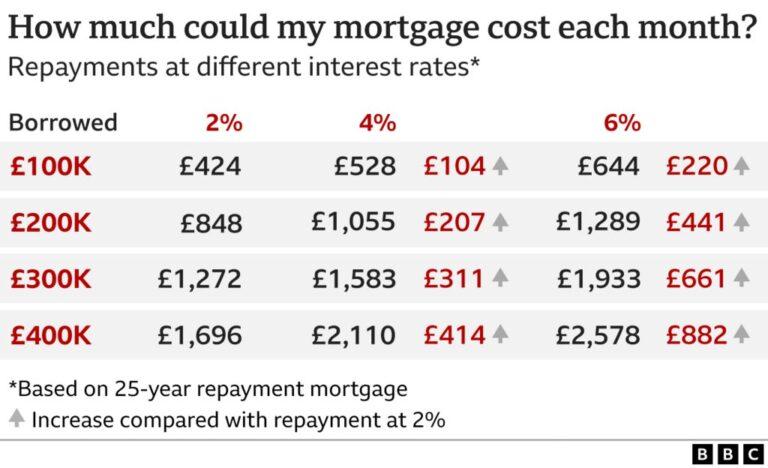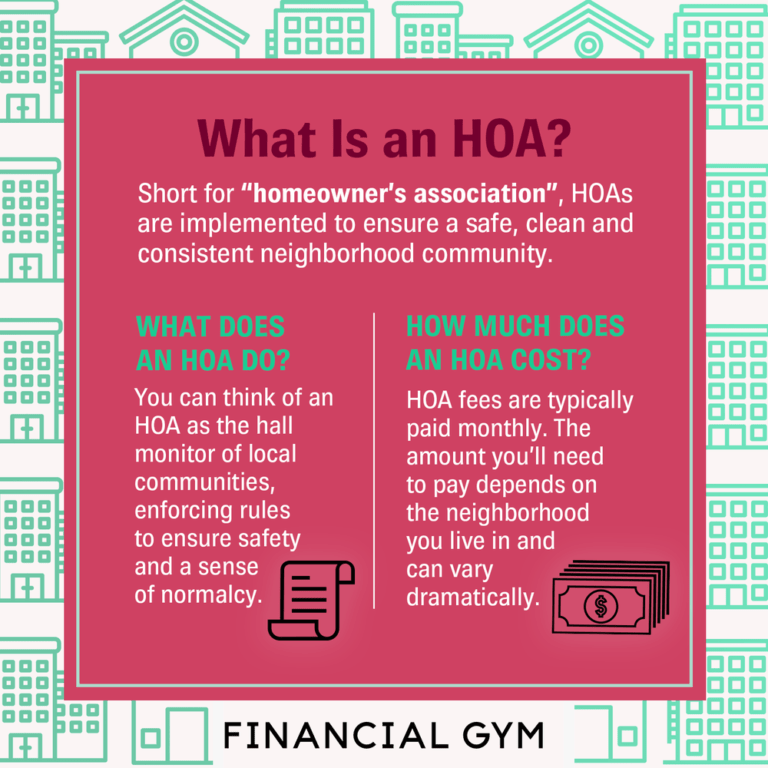The Homeless in America 2023

The Homeless in America 2023
American Homelessness in 2022: An Overview
Homelessness is a crisis that has plagued America for decades. Unfortunately, in 2022, the problem of individuals experiencing homelessness has only gotten worse. Despite efforts to address the issue over the years, the number of people living on the streets or in shelters has continued to climb. In major cities like New York, Los Angeles, and San Francisco, the problem is particularly acute, with thousands of people experiencing homelessness on any given night. While homelessness affects people of all ages and backgrounds, it disproportionately impacts certain groups, including veterans, people with disabilities, and those who have experienced domestic violence. There are many reasons why individuals experience homelessness, including a lack of affordable housing, job loss, mental illness, and addiction. In recent years, natural disasters like hurricanes and wildfires have also contributed to the rise in homelessness in some areas. While there are organizations, charities, and government programs dedicated to helping those who experience homelessness, they are often underfunded and understaffed, and are unable to meet the needs of everyone who needs assistance. For those who do experience homelessness, the experience can be deeply traumatic and can have long-lasting effects on a person’s physical and mental health. Despite the challenges, there is hope for a brighter future. By continuing to raise awareness about the issue, supporting organizations that work to combat homelessness, and advocating for policy changes at all levels of government, it is possible to make a real difference in the lives of those who experience homelessness.
Homeless Population by State 2023
The homeless population in the United States is projected to continue to rise in 2023. Despite ongoing efforts to combat this issue, many states are struggling to find effective solutions. California currently has the largest homeless population in the country and has seen a drastic increase in recent years. The state has implemented various measures to address this issue, including investing in affordable housing and increasing funding for homeless services. However, these efforts have yet to produce significant results. Other states, such as Hawaii and New York, also have high homeless populations and face similar challenges. One major obstacle is the lack of affordable housing, which makes it difficult for individuals to find stable housing and get back on their feet. Additionally, mental health and addiction issues often contribute to or arise from homelessness, creating a complex and interrelated set of problems. Despite the challenges, some states are making progress. Utah has been successful in reducing its homeless population through the Housing First initiative, which provides affordable housing to individuals experiencing chronic homelessness. Other states, like Oregon and Washington, are implementing similar programs. It is clear that a multi-faceted approach is necessary to effectively address homelessness in the United States and that more work needs to be done to create sustainable solutions. By working together and investing in creative and effective programs, it is possible to reduce the homeless population and improve the lives of those who are experiencing homelessness.
The State of Homelessness in the U.S.
The state of homelessness in the U.S. is a complex issue that affects millions of individuals and families. Despite efforts to address the problem, homelessness in the U.S. continues to persist in many communities. The causes of homelessness are multifaceted and can include a lack of affordable housing, mental illness, substance abuse, and unemployment. A lack of access to health care and social services can also contribute to the risk of homelessness. The experience of homelessness can have serious and long-lasting effects on individuals and families. Living on the streets or in shelters can expose individuals to increased health risks, violence, and trauma. Children who experience homelessness are more likely to suffer from chronic illnesses, behavioral and emotional problems, and developmental delays. Homelessness can also contribute to a cycle of poverty, making it difficult for individuals to secure stable employment or housing. Despite these challenges, there are organizations and programs working to address homelessness in the U.S. Many cities and states have implemented strategies to prevent and end homelessness through the provision of subsidized housing, job training programs, and mental health services. Nonprofits and faith-based organizations also play an important role in providing support to individuals and families experiencing homelessness. However, there is still much work to be done in addressing the state of homelessness in the U.S. The COVID-19 pandemic has further exacerbated the problem, with many people losing their jobs and struggling to pay rent. With an uncertain economic future and a lack of affordable housing, there is a growing concern that homelessness will continue to be a widespread issue in the U.S. Ultimately, ending homelessness requires a comprehensive and collaborative approach that includes affordable housing, access to healthcare, and support for mental health and substance abuse. By working together, communities and organizations can make progress in addressing the state of homelessness in the U.S. and ensure that every person has access to safe and stable housing.
#1. There are about half a million people experiencing homelessness in the United States
Homelessness in the United States is a major issue and unfortunately, there are around half a million people experiencing homelessness across the country. People experiencing homelessness may be sheltered or unsheltered, meaning they may live in emergency shelters, transitional housing, or even on the streets. The Department of Housing and Urban Development (HUD) reports that on any given night, there are over 100,000 people who are completely unsheltered. Homelessness can be caused by a variety of factors, including poverty, mental illness, addiction, and lack of affordable housing. The HUD works with communities across the country to provide housing assistance, services, and resources to improve the lives of those experiencing homelessness. While progress has been made in tackling this issue, there is still much work to be done to ensure that everyone has a safe and stable place to call home.
Who is considered homeless?
There is no universal definition of homelessness, and it can vary depending on the country or even region. However, generally, those who lack a stable and safe place to live are considered homeless. This can include individuals living on the streets, in abandoned buildings, or in vehicles. People who are staying in a shelter are still considered homeless because they do not have permanent housing. Some may be sleeping in a motel or staying with friends or family temporarily, but if they do not have a permanent address, they are still considered homeless. Additionally, people who are unsheltered, meaning they have no form of basic shelter such as a tent or a sleeping bag, are also considered homeless. Homelessness can affect people of all ages, genders, and backgrounds, with some facing it due to economic hardship or mental health issues. Regardless of the circumstances, being homeless can have severe effects on a person’s physical and mental health, making it essential to provide support and resources to those who are experiencing homelessness.
Who is homeless in America?
Homelessness remains a major issue in America, with an estimated homeless population of around 580,000 individuals as of 2021. The rate of homelessness has been on the rise in recent years, and projections suggest that it will continue to increase in 2022. Homeless people in America represent a diverse array of backgrounds, with many coming from marginalized communities such as veterans, the LGBTQ+ community, and persons with disabilities or mental illness. Women and children are also disproportionately affected by homelessness, with families accounting for around 37% of all homeless individuals. Additionally, individuals who have experienced poverty, job loss, or housing insecurity are at increased risk of becoming homeless. While the exact percentage of all homeless Americans who fall into each of these categories varies, it is clear that homelessness is a complex and multi-faceted issue that affects a wide range of people. Addressing the root causes of homelessness and providing comprehensive support to those in need is crucial in reducing the prevalence of homelessness in America.
How has the homeless population changed over time?
The homeless population in America has significantly changed over time. In the 1980s and 1990s, homelessness rose due to the economic recession, poverty, and lack of affordable housing. However, since the early 2000s, the homelessness rates have decreased slightly due to government policies, affordable housing, and shelter programs. Still, there are different types of homelessness, including unsheltered and transitional housing. Unsheltered homelessness refers to people who are on the streets without any shelter, while transitional housing is temporary housing for people moving from homelessness to stable housing. Despite efforts to decrease the number of homeless people in the United States, the unsheltered homelessness population has increased in cities such as Los Angeles, due to the lack of affordable housing and job opportunities. Additionally, COVID-19 has affected people who are already homeless, as they do not have proper shelter. Overall, the homeless population in the US has shown different trends over the years, and it remains a significant issue that requires government intervention and community support.
Efforts towards ending homelessness
Ending homelessness has been a priority for governments, non-profit organizations, and individuals around the world. The efforts towards this goal are multi-faceted and often require a combination of strategies. One critical step is increasing the availability of affordable and safe housing options. Governments have been implementing policies and allocating funding to construct new housing units or renovate existing ones. Another crucial factor is offering support services such as mental health care, job training, and substance abuse treatment to those experiencing homelessness. Homelessness prevention programs have also been effective in reducing the number of people who become homeless. These programs provide financial assistance to individuals and families who are at risk of becoming homeless. The involvement of philanthropic organizations and volunteers has also been vital in providing services and support to those who are homeless. As the issue of homelessness continues to persist globally, efforts towards end homelessness continue to be a top priority for society as a whole.
Working Toward New Solutions to Address America’s Homelessness Crisis
Homelessness in America has become a crisis. According to the National Alliance to End Homelessness, over half a million people in the United States were homeless on a given night in 2019. This alarming figure highlights the need to address the issue immediately. The good news is that various organizations, including government agencies and non-profit groups, are working hard to end homelessness. They are implementing new strategies and approaches aimed at getting people off the streets permanently. Among the proposed solutions include the use of affordable housing, increased monetary assistance, and the provision of social services such as mental health services to those affected. Working together, these organizations aim to reduce the number of people living on the streets and ensure that everyone has a safe and secure place to call home. Although still a significant challenge, the hope is that by working in a collaborative effort, we can finally end the homelessness crisis in America.
Major cities are cracking down on homeless encampments. But why are so many people ‘living rough’?
Homelessness is becoming an increasingly prevalent issue in major cities across the globe. Despite government efforts to curb the number of homeless people, the population of those without shelter continues to grow. Many homeless people often find themselves living rough on the streets due to a variety of reasons, including mental illness, addiction, and financial distress. In addition, the rising cost of housing and limited availability of affordable housing and transitional housing options contribute to the problem. The lack of support from homeless services and the inability to address homelessness effectively also exacerbate the issue. Families with children are particularly vulnerable, facing a higher risk of homelessness due to poverty and job loss. While cities are cracking down on homeless encampments, it is essential for policy makers to develop long-term solutions that address the root causes of homelessness and provide sustainable support to the homeless population.











